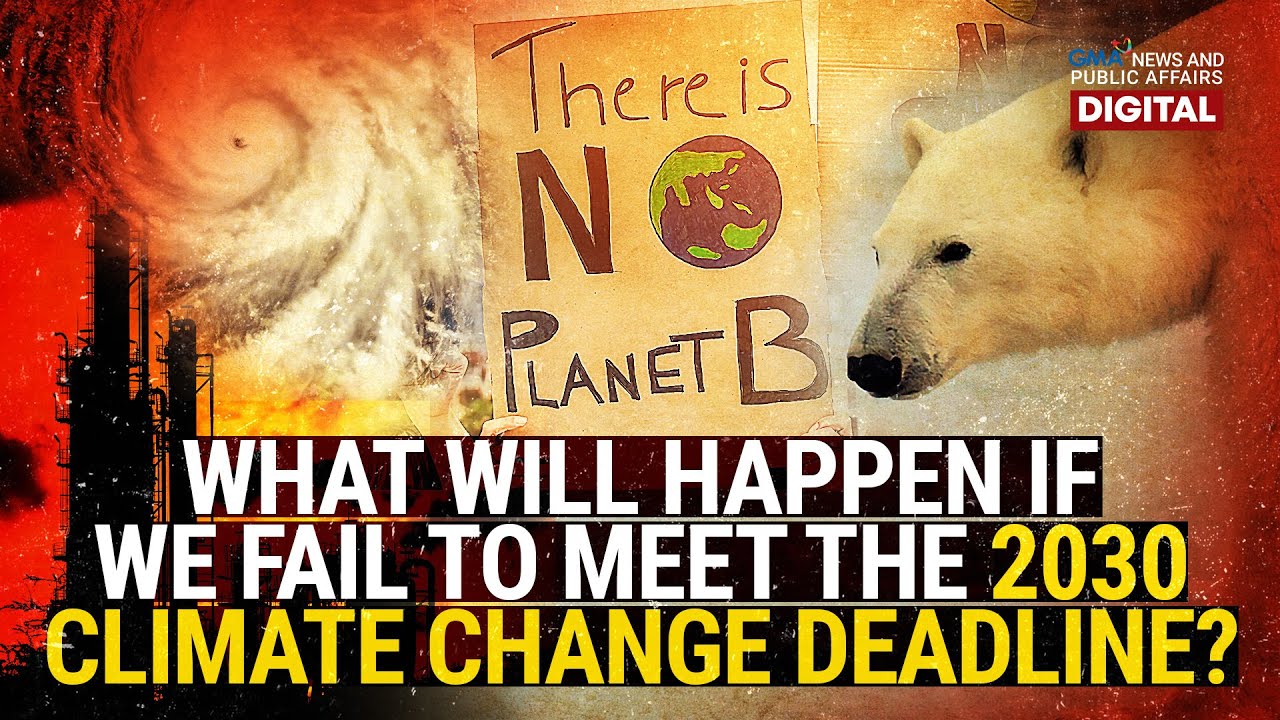Why Nuclear Energy Is On The Verge Of A Renaissance
Summary
TLDRThis video explores the urgent need for global action on climate change, focusing on the promise of fusion energy as a powerful solution. It highlights the progress of ITER, a groundbreaking international project to develop a Tokamak fusion device, which is set to be operational in 2025. The speaker emphasizes both the skepticism and optimism surrounding fusion energy, reflecting on past achievements and the increasing commitment from governments and the private sector. With an eye on the future, the video underscores the critical role fusion energy could play in tackling climate change with urgency.
Takeaways
- 😀 ITER is an international effort aimed at developing nuclear fusion energy, with a prototype called Tokamak being constructed in France.
- 😀 The ITER project has a total cost of around $22 billion and is expected to begin operations in 2025.
- 😀 There is skepticism about the timely demonstration of fusion energy as a solution to climate change, given its complexity and cost.
- 😀 Despite the skepticism, there is a historical precedent for technological advancements, providing hope for successful fusion energy development.
- 😀 The federal government and private sector have committed significant resources to the fusion energy project, showing increased urgency.
- 😀 The goal of ITER is to prove that nuclear fusion can provide clean, sustainable energy at a scale large enough to meet global demand.
- 😀 The Tokamak is designed to contain and sustain a fusion reaction using powerful magnetic fields, aiming to replicate the energy process of the sun.
- 😀 Fusion energy could significantly reduce global reliance on fossil fuels, helping to mitigate climate change and reduce carbon emissions.
- 😀 There have been previous fusion projects that yielded important lessons, and ITER aims to build on that knowledge to do better and faster.
- 😀 The scale and complexity of fusion energy technology require careful planning, investment, and collaboration between countries and sectors.
Q & A
What is a Tokamak and why is it significant in fusion energy research?
-A Tokamak is a device designed to achieve nuclear fusion by using magnetic fields to confine hot plasma. It is significant because it holds promise for providing clean, limitless energy if fusion reactions can be successfully sustained and controlled.
What is the ITER project and what are its main objectives?
-The ITER project is an international collaboration aimed at building a Tokamak in France to demonstrate the feasibility of nuclear fusion as a large-scale energy source. Its primary goal is to achieve a self-sustaining fusion reaction and generate more energy from fusion than it consumes.
How much has the ITER project cost so far?
-The ITER project has cost around $22 billion so far, reflecting the enormous complexity and scale of the project.
When is the ITER project expected to begin operation?
-The ITER project is expected to be turned on in 2025, marking a significant milestone in fusion energy research.
What are the concerns regarding the ITER project and its timeline?
-There are concerns from skeptics about the ability to demonstrate fusion energy in a timely manner, especially in relation to the urgency of addressing climate change. However, the project is moving forward with a commitment from both the government and private sectors.
What is the historical context behind the ITER project?
-The ITER project builds upon past successes in fusion research, offering hope based on previous advancements. The history of scientific collaboration and innovation encourages optimism about achieving fusion energy.
What role do the federal government and private sector play in the ITER project?
-Both the federal government and the private sector have shown significant commitment to the ITER project, providing funding and support to advance fusion research with the urgency needed to address global energy and climate challenges.
What is the difference between past fusion projects and the ITER project?
-While previous fusion projects were important steps, ITER is designed to do things differently and better, incorporating new methods and technologies that aim to achieve more reliable and scalable results.
Why is there urgency in pursuing fusion energy?
-There is urgency in pursuing fusion energy because of the pressing need to address climate change. Fusion has the potential to provide a clean and sustainable source of energy to reduce reliance on fossil fuels.
What is the role of international cooperation in the ITER project?
-The ITER project is a product of international collaboration, bringing together scientists, engineers, and governments from around the world. This cooperation is essential for pooling resources, expertise, and funding to achieve the ambitious goal of demonstrating nuclear fusion.
Outlines

This section is available to paid users only. Please upgrade to access this part.
Upgrade NowMindmap

This section is available to paid users only. Please upgrade to access this part.
Upgrade NowKeywords

This section is available to paid users only. Please upgrade to access this part.
Upgrade NowHighlights

This section is available to paid users only. Please upgrade to access this part.
Upgrade NowTranscripts

This section is available to paid users only. Please upgrade to access this part.
Upgrade NowBrowse More Related Video

Global Warming and Climate Change - Explained details. (Animation)

What will happen if we fail to meet the 2030 climate change deadline? | Need to Know

GL2111-Modul_13-4_Perubahan Iklim Global

How Climate Change Affects Ocean Life | Compilation

Upper-Intermediate | Environmental issues, Climate change | Learning English Podcast | Ep. 7

Pidato Presiden Joko Widodo Pada KTT COP26, Glasgow, 1 November 2021
5.0 / 5 (0 votes)